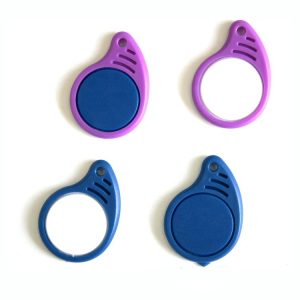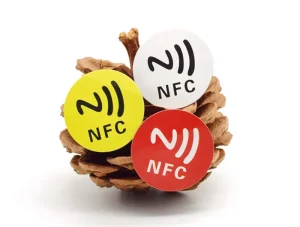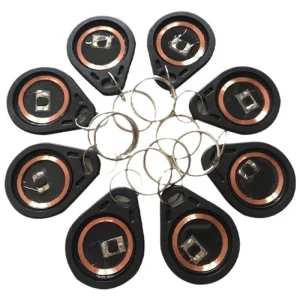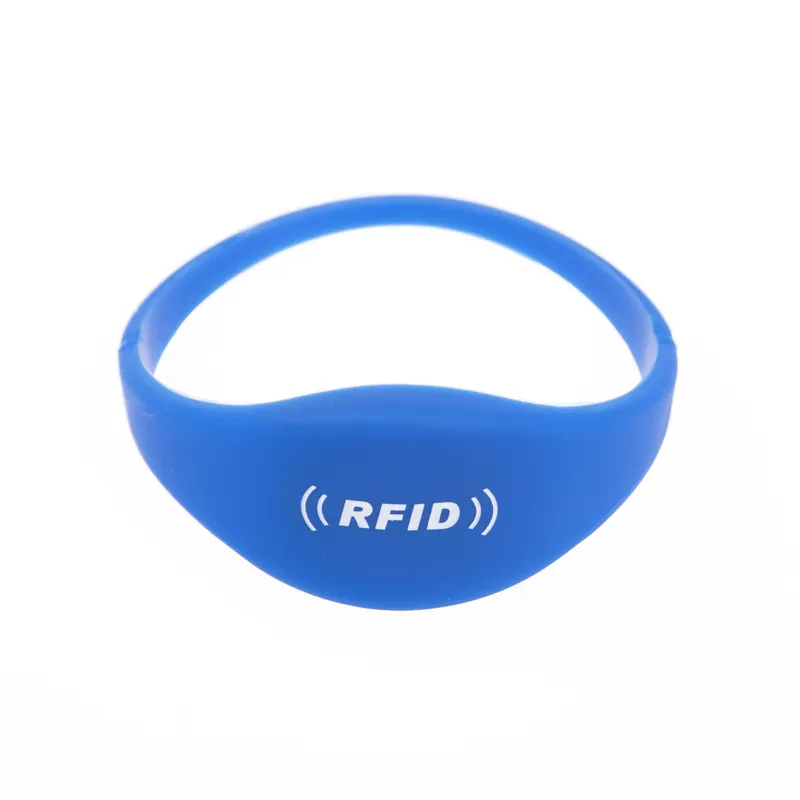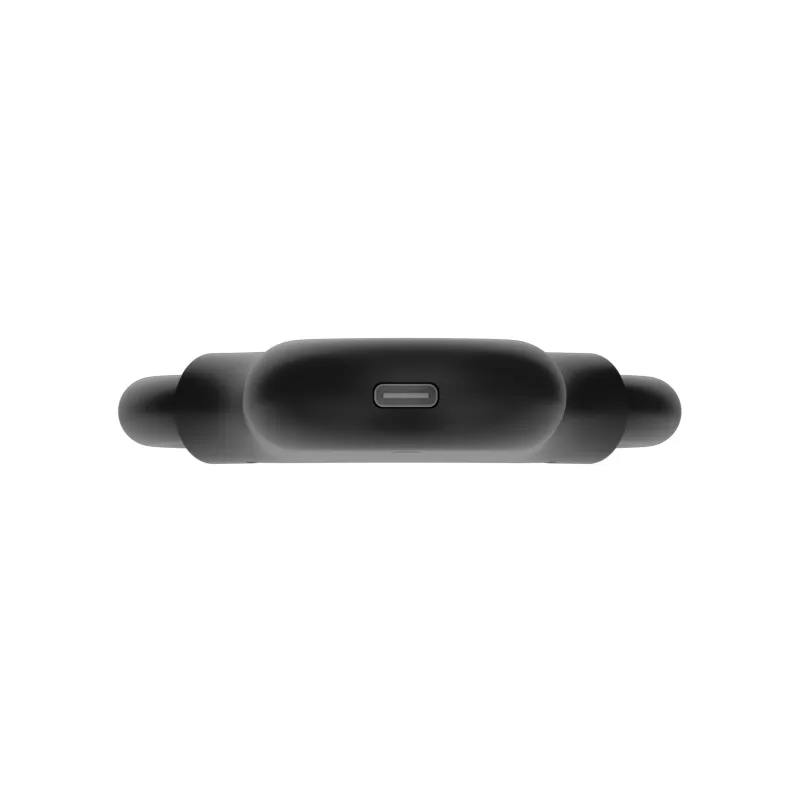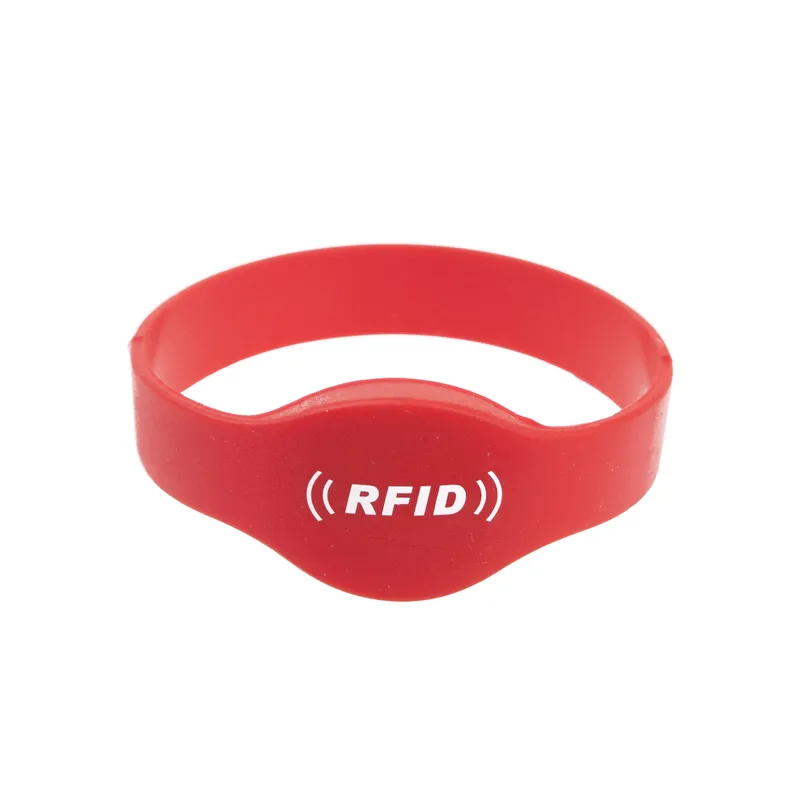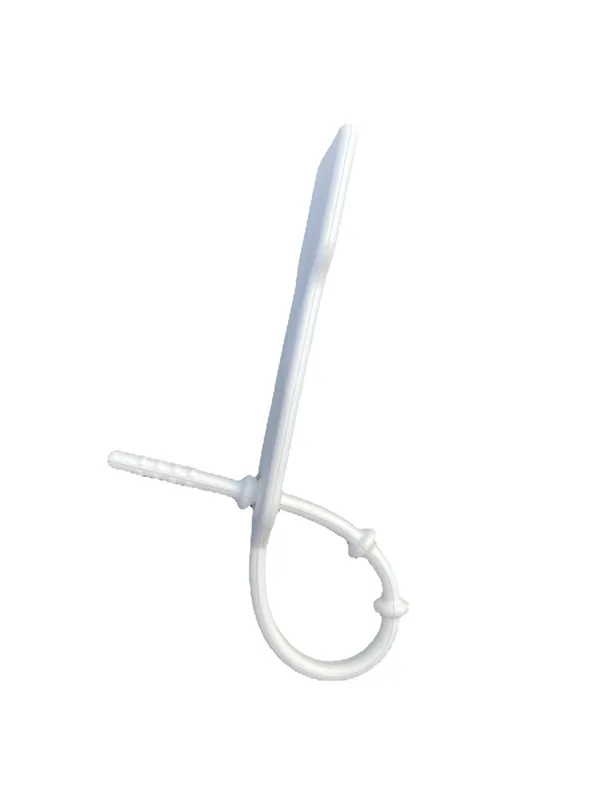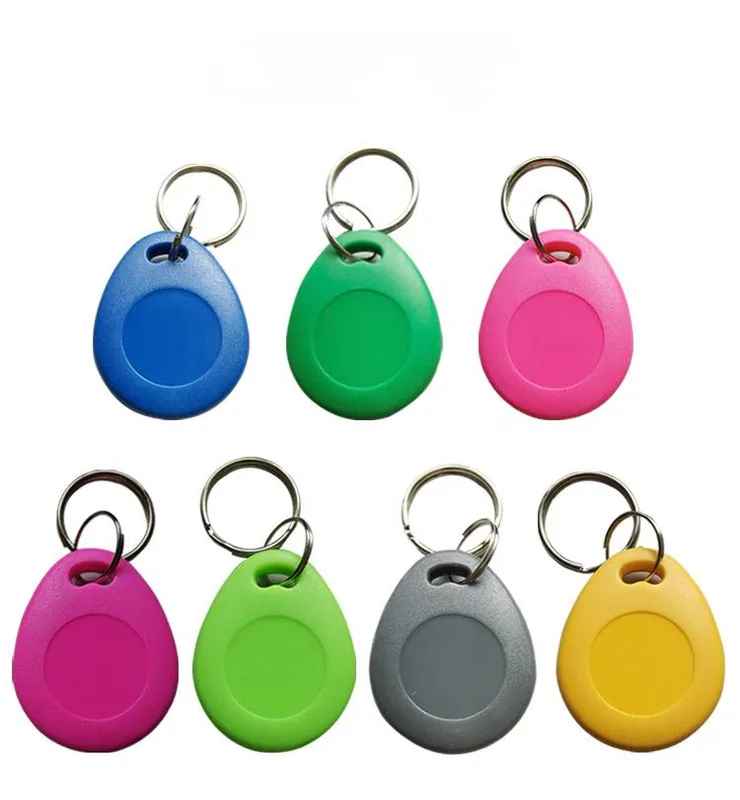Leughadair fòn-làimhe RFID
CATHAIREAN
Toraidhean sònraichte
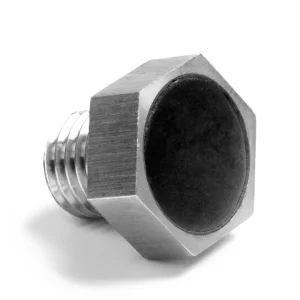
Togail taga rfid
Bidh togail taga RFID a 'toirt fuasglaidhean an latha an-diugh agus a' èifeachdas air an…
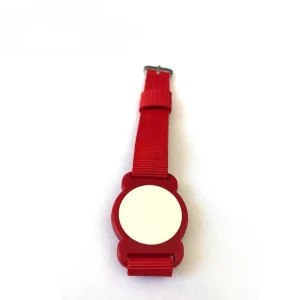
Fighe rfid rfid wristband
Wearing a woven RFID wristband for a week-long event is…

Tag Mòr-bhùth tèarainteachd
Tha tagaichean mòr-bhùthan tèarainte, tagaichean cruaidh aotrom air an cleachdadh airson…

Tag bog umha
Tha an taga bog uasa na phàirt chudromach den…
Naidheachd o chionn ghoirid
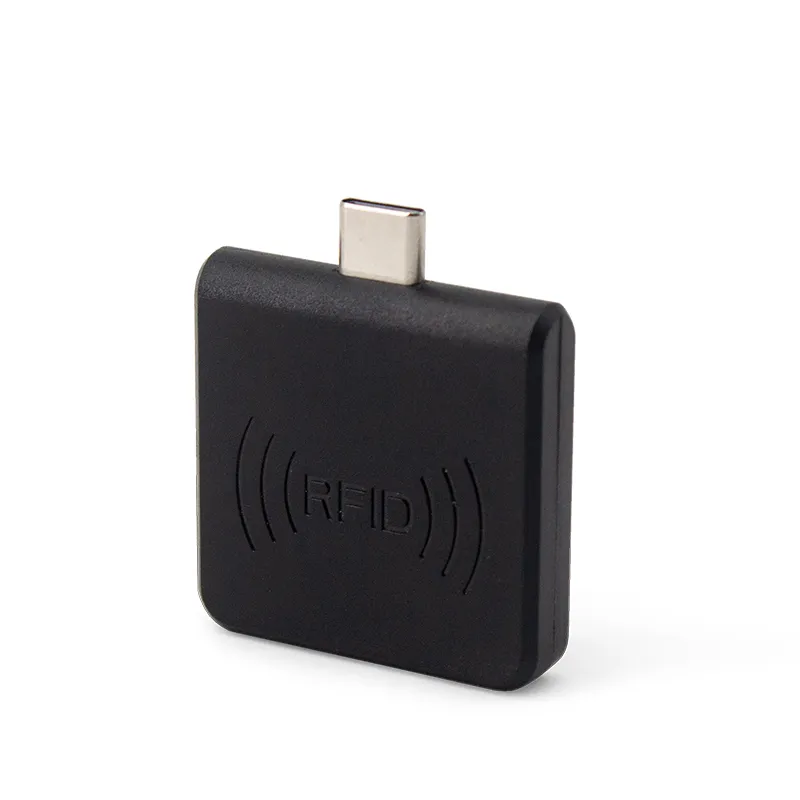
Tuairisgeul goirid:
Tha an RS65D na leughadair fòn-làimhe RFID RFID a 'conaltradh gu bheil a bhith a' ceangal ris an t-siostam Android a 'cleachdadh port seòrsa-C. Tha e an-asgaidh agus plugGable, ga dhèanamh freagarrach airson diofar thagraidhean. Faodaidh e cuideachd ceangal ri coimpiutair tro chable OTG, ga dhèanamh nas fhasa ceangal a dhèanamh eadar fòn Android agus coimpiutair. Tha an inneal freagarrach airson siostaman RFID mar riaghladh pàircidh fèin-ghluasadach, Aithneachadh Pearsanta, agus smachd ruigsinneachd.
Roinn sinn:
Mion-fhiosrachadh toraidh
Tha RS65D na leughadair fòn-làimhe aig RS65D an RS65D aig 125Khz RFID RFID, A 'cleachdadh a' phort taper-c a 'phort an inneal chun t-siostam android, An-asgaidh agus plàigh gun chumhachd. Air a dhealbhadh gu breagha, Chan e a-mhàin gur e dìreach taobh sìmplidh a th 'ann ach cuideachd dàta seasmhach agus earbsach.
Air an làimh eile, Faodaidh e ceangal a dhèanamh ri coimpiutair le càball OTG, Tha e nas fhasa cruth-atharrachadh eadar fòn Android agus coimpiutair (Bidh port type-C a 'tionndadh gu bhith na phort usb). Air a chleachdadh gu farsaing airson siostaman aithneachaidh tricead rèidio rèidio rèidio, Leithid siostaman riaghlaidh pàircidh fèin-ghluasadach, Aithneachadh Pearsanta, Ruigsinneachd Ruigsinneachd Tasaid, Smachd Ruigsinneachd Riochdachaidh, msaa

Paramadairean bunaiteach:
| Pròiseact | Paramadair |
| Tricead obrach | 125Khz |
| Seòrsa leughadair cairt | EM4100, TK4100, CARD MUP4001 AGUS COMPLECOBLE |
| Bholtadh obrachaidh | 5V |
| Astar leughaidh | 0mm-100mm(co-cheangailte ris a 'chairt no an àrainneachd) |
| Astar leughaidh cairt | 0.2s |
| Tomhasan | 35mm × 35mm × 7mm (Gun eadar-aghaidh)
71mm × 71mm × 19mmm (pacadh) |
| Eadar-aghaidh Conaltraidh | Seòrsa-c |
| Teòthachd obrachaidh | -20℃ ~ 70 ℃ |
| IOMLAN IONNT | 100ma |
| Ùine Leughaidh Cairt | <100ms |
| Astar leughaidh | 0.5S |
| Cuideam | Mu 20g (Gun phacaid)
Mu 50g (Le pasgan) |
| Siostam obrachaidh | Win xp buannachadh CE Win 7 buannachadh 10 liux vista ~ vista ealanta (suaicheantasan deuchainn: Samsung, Sony, vivo, Xiaomi) |
| eile | Comharra inbhe: 2-Air a stiùireadh le dath (” gorm ” Chaidh cumhachd a stiùireadh, ” uaine ” comharra inbhe)
Cruth toraidh: bunaiteach 10 àireamhan deicheamhan (4 bytes), Cuir taic ri cruth toradh gnàthaichte. |

Cleachdadh agus rabhadh:
1. Mar a chleachdas tu / a stàladh
Às deidh dha a bhith a 'cuir a-steach leughadair a' chairt a-steach do àrd-ùrlar siostam android leithid fòn-làimhe / clàr, Bidh an sealladh comharrachaidh a 'tionndadh leughadair a' chairt “gorm”, a 'nochdadh gu bheil an leughadair cairt air a dhol a-steach don stàit a' feitheamh ri tionndadh cairt.
Modh Deuchainn: Fosgail am bathar-bog toradh de àrd-ùrlar siostam android leithid fònaichean-làimhe / tablaidean (leithid luchd-deasachaidh mar mheòrachan / teachdaireachdan), agus gluais an leubail faisg air leughadair a 'chairt, ‘s e sin, Thèid an àireamh cairt a thaisbeanadh gu fèin-ghluasadach aig a 'chursair, agus thèid gnìomh tilleadh carbad a thoirt seachad. Mar a chithear:

2. Cùisean a 'feumachd aire
- Riatanasan siostam android leithid fònaichean-làimhe: Gnìomh OTG
- Ma tha astar leughaidh na leughadair a 'chairt ro fhada, bheir e air a 'chairt a' chairt a bhith neo-sheasmhach no fàilligeadh. Seachain a bhith a 'leughadh a' chairt ann an staid èiginneach (an astar dìreach airson a bhith comasach air a 'chairt a leughadh). Aig an aon àm, Bidh dà leughadair cairt ri thaobh a 'cur bacadh cuideachd air a chèile.
- Tha mòran nithean a tha a 'toirt buaidh air astar leughaidh a' chairt. Diofar protocolaidhean, Diofar dhealbhaidhean antenna, Àrainnean mun cuairt (Sonan as trice), agus bidh diofar chairtean a 'toirt buaidh air astar leughaidh a' chairt.
- An dòigh air a 'chairt a leughadh, Thathas a 'moladh a' chairt a chleachdadh gu dìreach mu choinneimh leughadair a 'chairt agus a' tighinn thuige gu nàdarra. Tha an dòigh leughaidh a 'chairt a tha gu sgiobalta a' dol gu sgiobalta air a 'chairt bhon taobh nach eil a' chairt às an taobh agus chan eil e a 'gealltainn soirbheachadh a' chairt.
- Gun fhreagairt nuair a bhios tu a 'dol air adhart a' chairt: Co dhiubh a tha an eadar-aghaidh air a chuir a-steach gu ceart; a bheil a 'chairt tricead rèidio an leubail co-fhreagarrach; a bheil a 'chairt tricead rèidio briste; Co dhiubh a tha cairt tricead rèidio eile ann an raon leughaidh na cairt.

![Dèanadair Rfid Tag [Slàn-reic | Oem | Odm]](https://www.fjrfidfactory.com/wp-content/uploads/2024/04/logo.webp)

